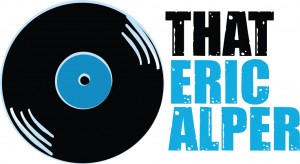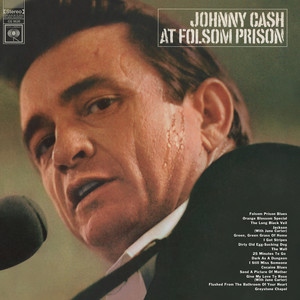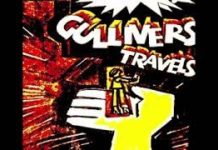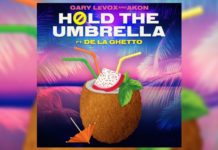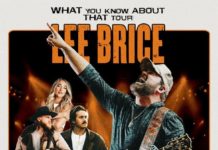Few live albums have captured the raw energy and cultural significance of Johnny Cash at Folsom Prison. Released in 1968, this record not only revitalized Cash’s career but also cemented his place as one of America’s most authentic and rebellious musical voices. While many know the album’s prison setting and its iconic tracklist, here are five fascinating facts about At Folsom Prison that add even more grit to its legendary status.
1. The Governor of California (And Future President) Showed Up at Rehearsals
In the days leading up to the Folsom Prison concert, Johnny Cash and his band were rehearsing at the El Rancho Motel in Sacramento. On January 12, 1968, California’s then-governor Ronald Reagan happened to be at the same motel for an after-dinner speech. Upon hearing that Cash was in town preparing for his prison concert, Reagan paid him a visit, offering words of encouragement. The future president’s unexpected drop-in added an unusual political twist to the historic event, proving that Cash’s reputation extended far beyond country music circles.
2. A Prisoner’s Song Made the Setlist at the Last Minute
One of the most memorable moments on the album is Cash’s performance of “Greystone Chapel,” a song written by inmate Glen Sherley while serving time at Folsom. The prison’s recreation director passed a tape of the song to Reverend Floyd Gressett, a preacher with close ties to Cash. When Gressett introduced the track to Cash the night before the concert, he was so moved by the song’s message that he learned it on the spot and added it to the setlist. It became a defining moment of the performance—Cash, singing the words of a prisoner to a captive audience, blurring the line between performer and listener.
3. Columbia Records Wasn’t Interested in Promoting the Album
Despite Cash’s growing reputation as a live performer, Columbia Records didn’t initially see At Folsom Prison as a priority. At the time, the label was focused on its pop stars and wasn’t convinced a prison-recorded album would sell. As a result, Columbia offered minimal promotional support when the album was released. However, radio stations picked up on “Folsom Prison Blues”, and word of mouth spread quickly, leading to a massive commercial success. The album eventually went triple platinum, proving that authenticity and raw storytelling resonated more than industry marketing strategies.
4. The Crowd’s Reactions Were Carefully Orchestrated
One of the most striking elements of At Folsom Prison is the energy of the crowd—cheers, laughter, and applause that make the album feel almost cinematic. However, while the inmates were genuinely excited, the audience’s reactions were carefully directed. Before Cash took the stage, MC Hugh Cherry coached the prisoners on how to respond, instructing them to hold their applause until Cash introduced himself. This deliberate staging helped create one of the album’s most famous moments—the electric silence before Cash’s first words, “Hello, I’m Johnny Cash.” It was a theatrical touch that made the recording all the more legendary.
5. The Album Was Censored After a Tragic Event
Just a few weeks after the album’s release, tragedy struck. On June 5, 1968, Senator Robert F. Kennedy was assassinated in Los Angeles. In the wake of the national mourning, radio stations pulled “Folsom Prison Blues” from rotation because of the infamous lyric: “I shot a man in Reno / Just to watch him die.” Columbia Records responded by ordering producer Bob Johnston to create a censored version of the song, removing the line entirely. Cash fought against the decision, but the edited version was reissued anyway. Despite this, the album’s impact remained untouched, and it continued climbing the charts, cementing its place in history.
More than just a live album, At Folsom Prison was a moment of cultural rebellion. Johnny Cash gave the inmates a voice, reinforcing his lifelong empathy for the marginalized. The album’s success catapulted Cash back into the spotlight and set the stage for future prison recordings, including At San Quentin. Decades later, the album remains one of the most celebrated live recordings of all time, a raw and powerful testament to music’s ability to connect with the forgotten corners of society.
